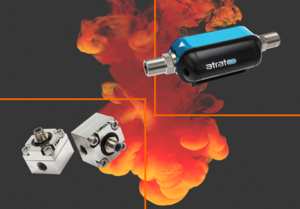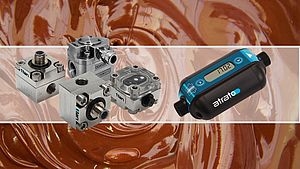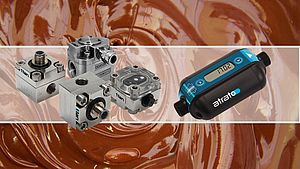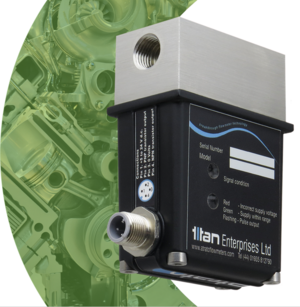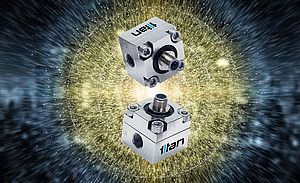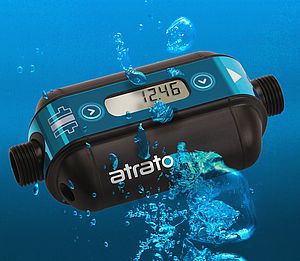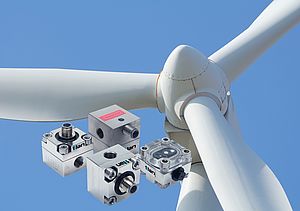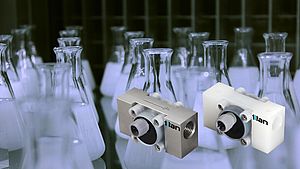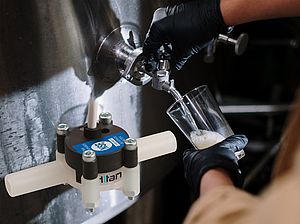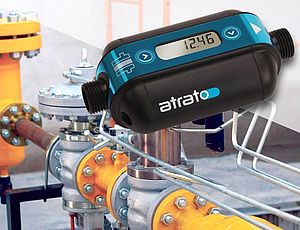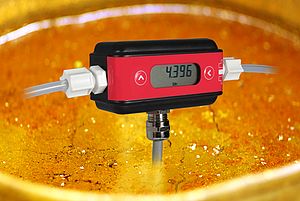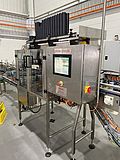Trevor Forster is Managing Director of Titan Enterprises. His experience in fluid handling dates back to the mid 1960’s when he started working on rotating seals and flowmeter design for third party clients. Trevor draws upon over 40 years of using innovative design and production techniques to produce elegant flow metering solutions for organisations around the globe.
In this issue - Trevor offers you useful technical tips on...
Trouble-free flowmeter installation
This is a little like house buying - location, location, location except in this case of choosing and installing a flowmeter you should look at specification, specification and specification. Get this wrong and you will never attain a trouble free installation. After careful consideration of application parameters including flow, pressure, fluid type and properties plus required function you should look at proposed installation location for your flowmeter and take note of its full operational envelope. Always read the manufacturer’s instructions prior to even specifying a flowmeter as this may change your requirements if certain recommendations cannot be accommodated.
Often you will have to make a compromise as illustrated with these real-world examples experienced by Titan customers.
A low-cost turbine flowmeter was first considered as it could make the required measurements easily, unfortunately the installation would be very convoluted as no straight lengths of upstream and downstream pipework were possible. This would result in unreliable readings so in this case a positive displacement meter would be a far better option. The initial outlay may be higher but the long term installed cost and performance will be well worth the outlay.
Metering the flow of fluid at up to 60°C maximum was fine but one customer found siting the flowmeter in their preferred location right next to a furnace with radiant temperatures well above the meters specification made that location unsound.
With one installation we had repeated turbine flowmeter failures even though the application was well within the flowmeters operating limits. It transpired that the customer had put the flowmeter at the end of a very long pipe run which drained down completely every night. On start-up the fluid pushed a vast quantity of air at high speed in front of it. This spun the turbine to excessive speeds which was then met with a slug of fluid which would rotate the impellor at a much lower RPM. An overspeed is bad news but when followed by a rapid deceleration it is even worse. Installing a simple non-return valve prevented the system from draining down and made the flow-metering reliable.




